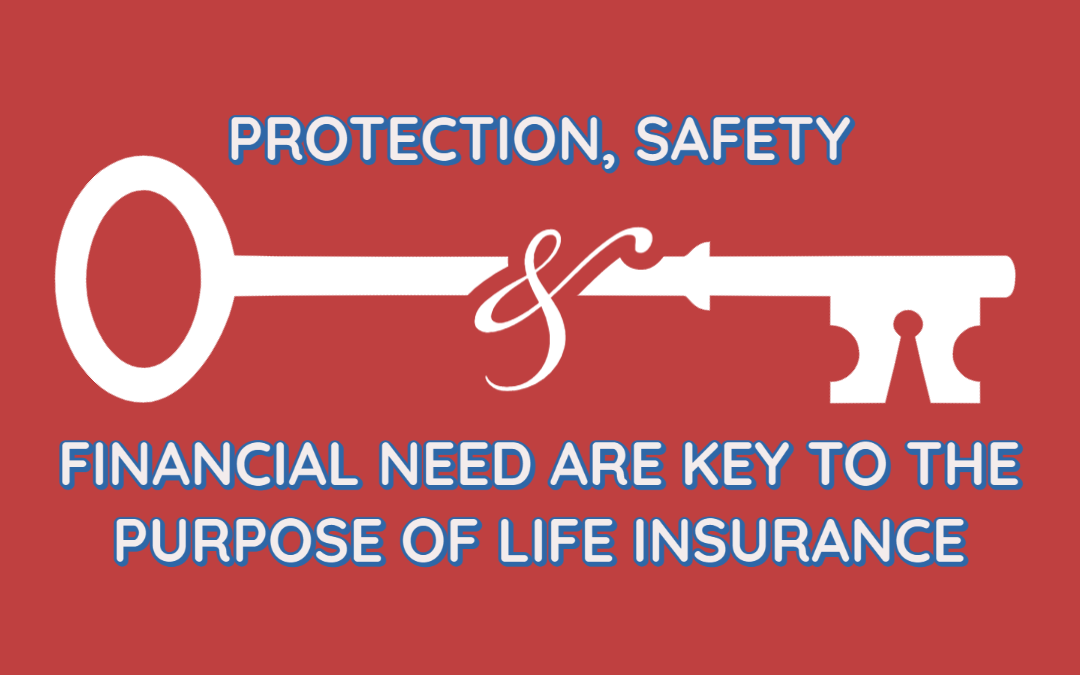8 Easy Facts About Pacific Prime Explained
8 Easy Facts About Pacific Prime Explained
Blog Article
The Best Guide To Pacific Prime
Table of ContentsThe Greatest Guide To Pacific Prime7 Easy Facts About Pacific Prime DescribedThe Facts About Pacific Prime UncoveredRumored Buzz on Pacific PrimeTop Guidelines Of Pacific Prime

This is because the information were collected for a duration of solid economic efficiency. Of the estimated 42 million individuals who were without insurance, all yet about 420,000 (about 1 percent) were under 65 years old, the age at which most Americans come to be eligible for Medicare; 32 million were grownups between ages 18 and 65, around 19 percent of all grownups in this age; and 10 million were kids under 18 years old, regarding 13.9 percent of all youngsters (Mills, 2000).
These estimates of the number of individuals uninsured are produced from the yearly March Supplement to the Existing Populace Study (CPS), conducted by the Census Bureau. Unless or else kept in mind, national quotes of individuals without medical insurance and percentages of the population with different kinds of protection are based on the CPS, one of the most commonly used resource of price quotes of insurance policy protection and uninsurance rates.
10 Simple Techniques For Pacific Prime

Still, the CPS is particularly useful due to the fact that it produces annual estimates reasonably quickly, reporting the previous year's insurance policy protection estimates each September, and because it is the basis for a regular set of quotes for greater than 20 years, enabling analysis of fads in insurance coverage gradually. For these reasons, as well as the comprehensive use the CPS in other researches of insurance coverage that exist in this record, we count on CPS quotes, with limitations noted.

The price quote of the number of without insurance individuals broadens when a population's insurance coverage status is tracked for a number of years. Over a three-year period starting early in 1993, 72 million people, 29 percent of the united state population, were without insurance coverage for at the very least one month. Within a single year (1994 ), 53 million people experienced a minimum of a month without coverage (Bennefield, 1998a)
Six out of every 10 uninsured adults are themselves employed. Although working does boost the probability that one and one's family members will certainly have insurance policy, it is not an assurance. Also members of family members with two full time breadwinner have almost a one-in-ten possibility of being without insurance (9.1 percent without insurance price) (Hoffman and Pohl, 2000).
The Only Guide to Pacific Prime
New immigrants make up a considerable percentage of people without health and wellness insurance policy. One evaluation has actually associated a considerable section of the current development in the size of the united state without insurance populace to immigrants who arrived in the country in between 1994 and 1998 (Camarota and Edwards, 2000). Current immigrants (those that came to the United States within the previous 4 years) do have a high price of being uninsured (46 percent), however they and their youngsters account for just 6 percent of those without insurance coverage across the country (Holahan et al., 2001).
The partnership in between health and wellness insurance policy and accessibility to care is well established, as documented later on in this phase. Although the partnership between health and wellness insurance policy and wellness end results is neither straight neither easy, an extensive medical and health services study literature links medical insurance protection to improved access to care, better quality, and improved individual and populace health and wellness condition.
Degrees of evaluation for analyzing the effects of uninsurance. It concentrates specifically on those without any kind of health and wellness insurance coverage for any size of time.
The Main Principles Of Pacific Prime
The problems faced by the underinsured are in some areas comparable to those visit here encountered by the without insurance, although they are generally much less severe. global health insurance. Uninsurance and underinsurance, however, involve definitely various plan issues, and the approaches for resolving them might differ. Throughout this research and the 5 reports to comply with, the main focus is on individuals without any health and wellness insurance coverage and therefore no aid in paying for healthcare beyond what is offered through charity and safeguard institutions
Health insurance coverage is an effective element affecting invoice of treatment because both clients and physicians reply to the out-of-pocket cost of services - https://www.figma.com/file/DQaAURKv0Xz32XUI9NJXrd/Untitled?type=design&node-id=0%3A1&mode=design&t=rR5Yq5DjXQg5AhnB-1. Medical insurance, however, is neither necessary nor adequate to obtain access to clinical services. However, the independent and straight result of health insurance policy coverage on access to wellness solutions is well developed.
Others will certainly acquire the healthcare they need also without wellness insurance policy, by paying for it expense or seeking it from providers that offer treatment cost-free or at extremely subsidized prices. For still others, medical insurance alone does not guarantee receipt of treatment due to the fact that of other nonfinancial obstacles, such as an absence of healthcare carriers in their neighborhood, limited access to transportation, illiteracy, or etymological and social differences.
Getting The Pacific Prime To Work
Formal research study concerning without insurance populations in the USA dates to the late 1920s and very early 1930s when the Committee on the Expense of Medical Treatment produced a collection of records concerning funding physician office brows through and hospitalizations. This concern ended up being significant as the numbers of clinically indigent climbed during the Great Anxiety.
Report this page